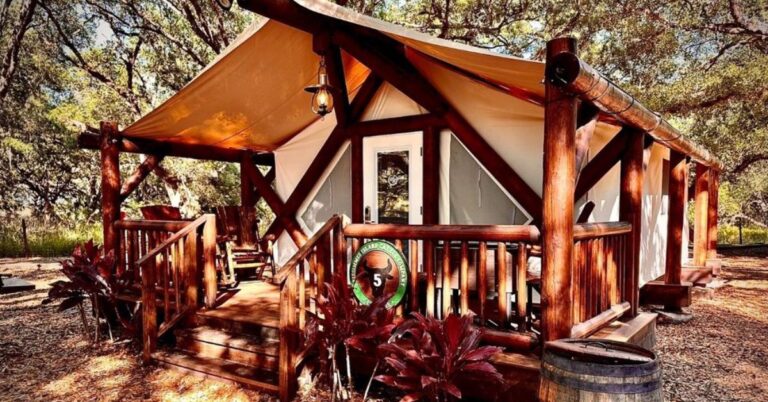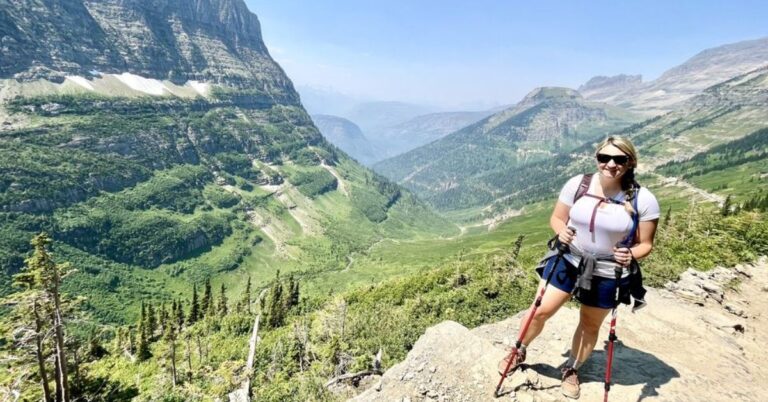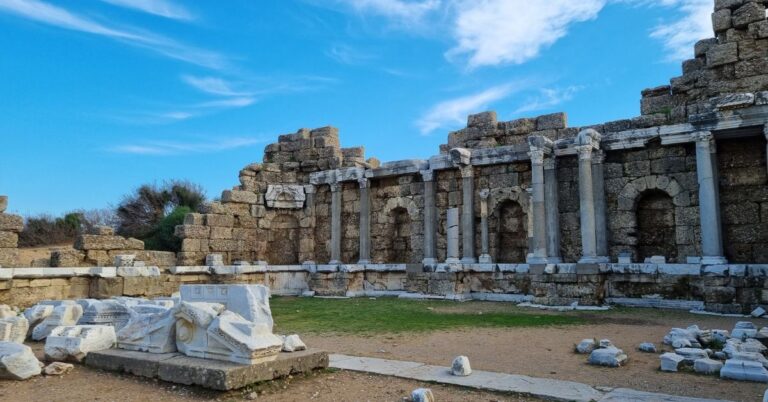Looking To Explore Alone? Try These 15 National Monuments
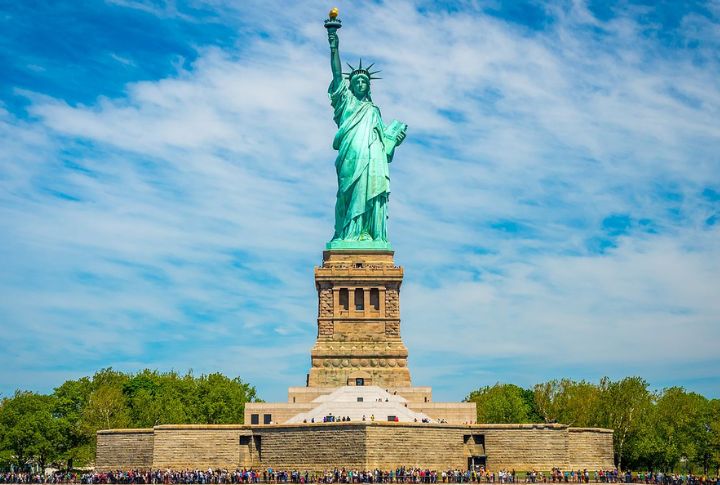
Traveling solo creates space to notice things others might miss. National monuments across the U.S. often hold that kind of quiet, personal magic. These 15 places welcome unhurried visitors, letting you explore on your own terms and absorb each detail without pressure or interruption.
Canyon De Chelly National Monument, Arizona
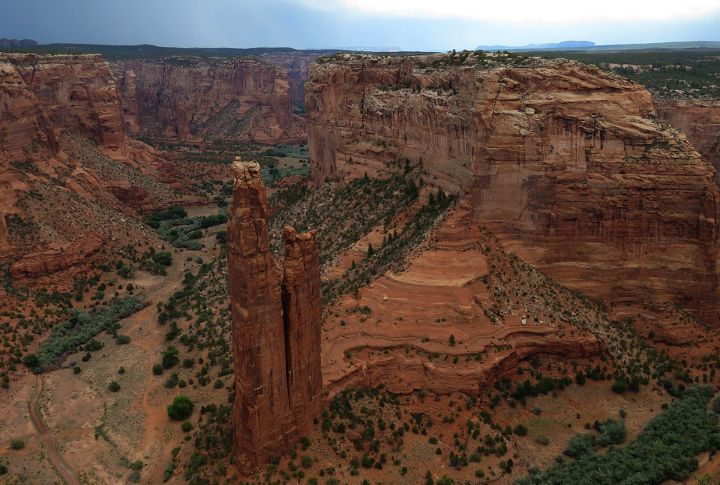
Sheer sandstone cliffs rise above dwellings carved directly into the rock, anchoring the region in centuries of history. That connection remains present today, as Navajo families still live within the canyon walls. For those looking to explore more deeply, the White House Ruin Trail or a guided tour with a Navajo local offer that chance.
George Washington Birthplace National Monument, Virginia
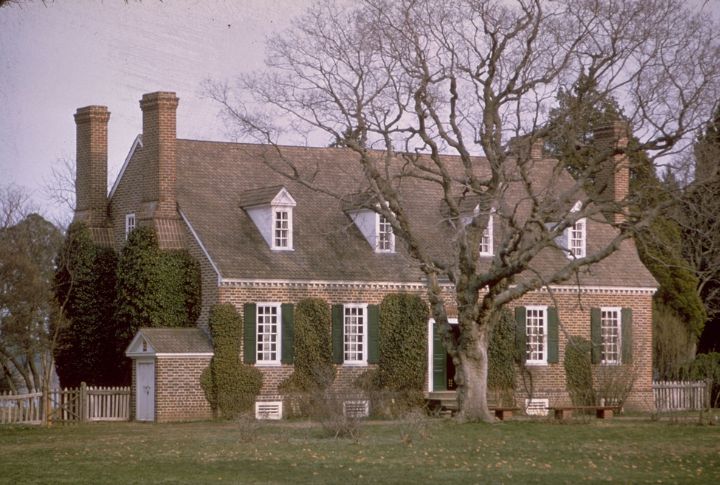
Set along the Potomac River, this peaceful site preserves the land where America’s first president was born. Brick paths lead past a reconstructed colonial farm and family burial ground. Free from crowds, the vast fields and river breeze set the tone for a calm afternoon meant for thoughtful wandering.
Cabrillo National Monument, California
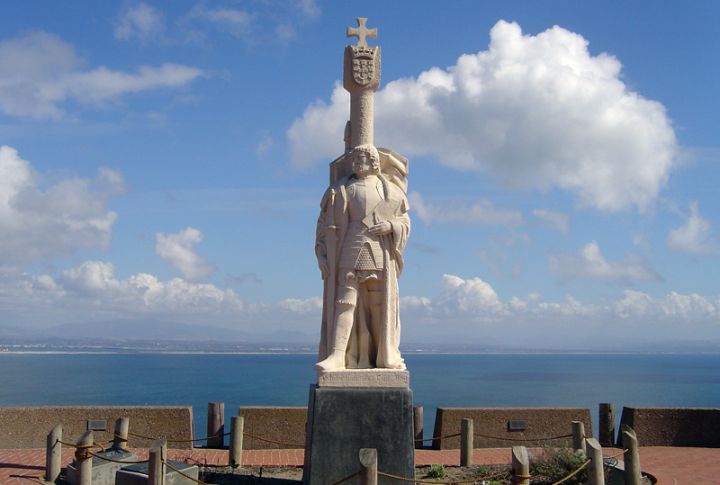
Perched above San Diego, this headland monument delivers panoramic views and a surprising sense of solitude. Tide pools shimmer below, and the 19th-century Old Point Loma Lighthouse tells its own quiet story. On weekdays, it’s easy to find yourself alone with the sound of waves and seabirds.
Statue Of Liberty National Monument, New York

Visiting alone adds perspective as you stand beneath the towering copper figure, and the moment leaves you reflecting on its meaning. Take the ferry to Liberty Island and walk the museum before climbing the pedestal for a view that pairs history with solitude in one unforgettable skyline moment.
Chiricahua National Monument, Arizona
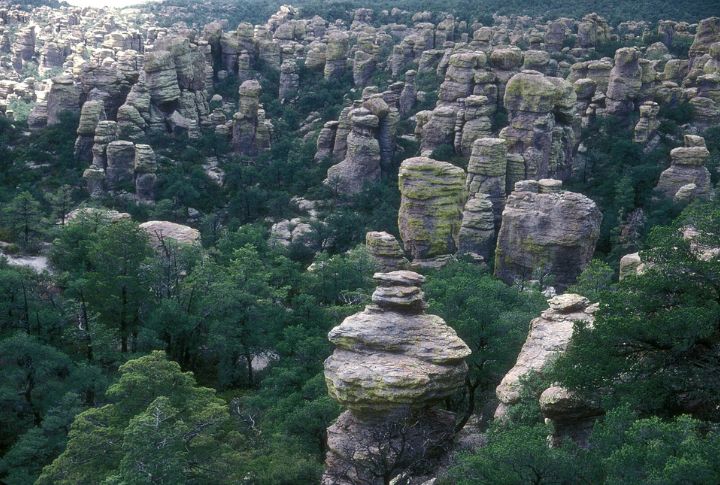
Stone spires jut out in all directions, forming a maze of rock that feels otherworldly. Known as the “Wonderland of Rocks,” this monument draws hikers who crave quiet trails and scenic isolation. Balanced formations like the Big Balanced Rock seem almost impossible—until you’re standing right beneath them.
Devils Tower National Monument, Wyoming
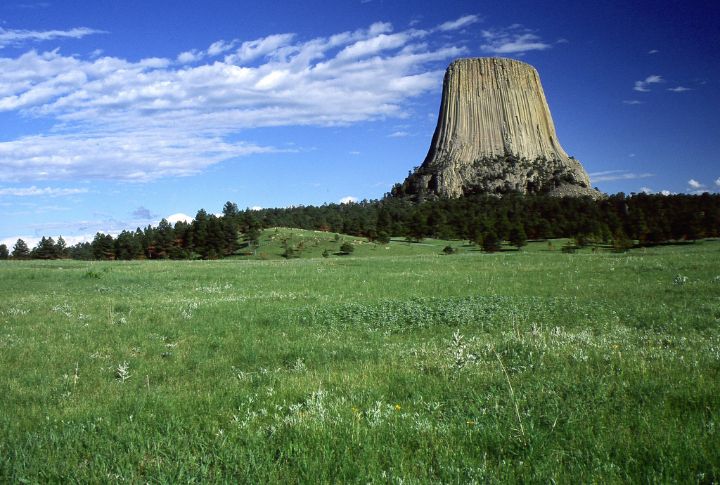
This geological marvel rises abruptly from the rolling plains and feels entirely otherworldly. Long before it starred in films, Native tribes saw it as sacred. A loop trail around the base gives self-guided travelers space to think while watching climbers ascend the vertical cracks of this massive volcanic remnant.
Bears Ears National Monument, Utah
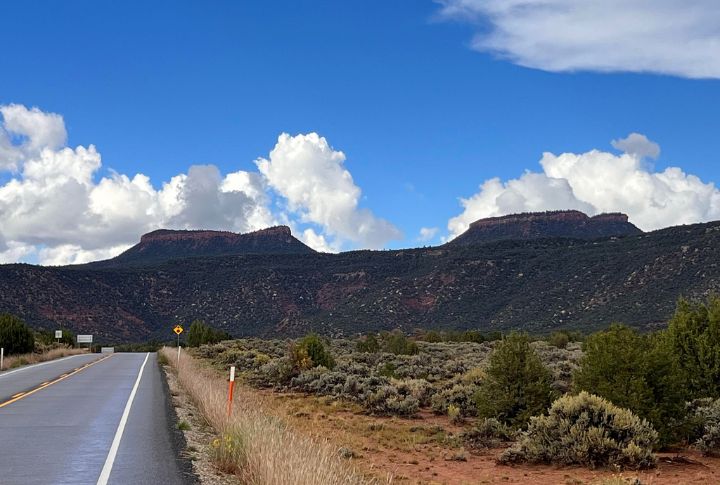
Petroglyphs and remote mesas stretch across this culturally rich terrain. The area’s vastness means solitude comes easy, even during busier seasons. Tourists will sense the deep reverence surrounding rock art near sites such as Butler Wash or Mule Canyon, where the atmosphere encourages thoughtful pauses and leisurely observation.
Mount St. Helens National Volcanic Monument, Washington
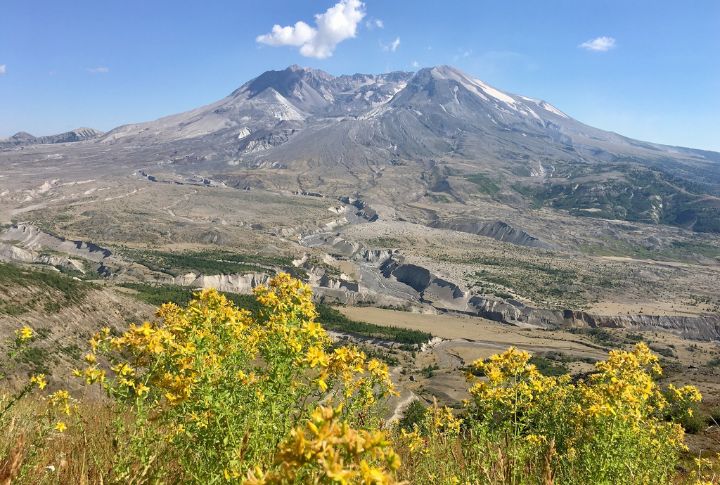
Ash-covered hills and stark blast zones tell the story of one of America’s most famous eruptions. The visitor center outlines the 1980 event, but walking the trails brings the magnitude home. Traveling alone in this setting lets you fully absorb the silence and power of a place slowly recovering.
Hovenweep National Monument, Utah–Colorado Border

Scattered across the high desert are mysterious stone towers built by ancestral Puebloans. Their purpose is still debated, adding intrigue to the experience. A solo hike along the Square Tower Trail gives time to ponder who once lived here—and why they chose such an isolated location.
Organ Pipe Cactus National Monument, Arizona
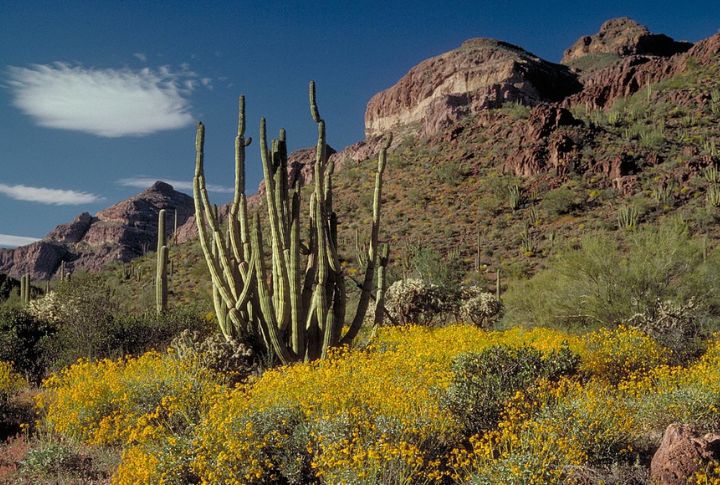
Few places highlight desert beauty quite like this. Massive cacti rise across the open terrain, bordered by dramatic peaks. Driving the Ajo Mountain Loop solo invites unhurried stops and wide-open views. For restful nights under starry skies, nearby campgrounds provide a calm base just minutes from the scenic route.
Bandelier National Monument, New Mexico
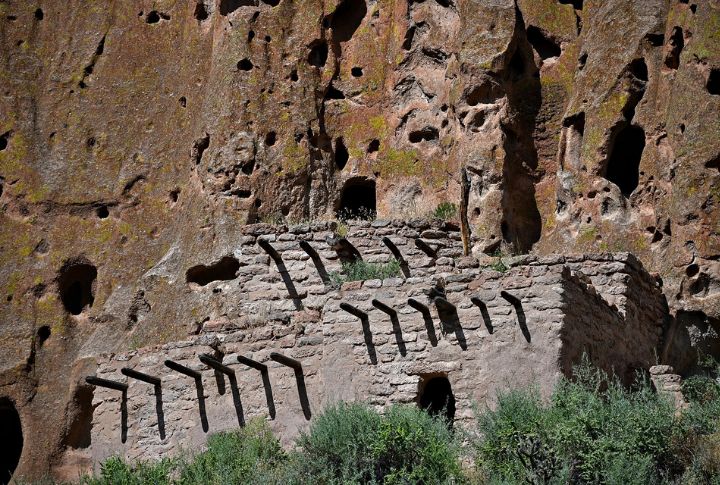
Winding trails lead through tree cover and canyons before reaching cliff dwellings carved into soft rock. Wooden ladders still lead into tiny alcove homes, open to the curious. Visiting solo means lingering as long as you like without distraction, especially along the peaceful Frijoles Canyon Trail.
Craters Of The Moon National Monument, Idaho
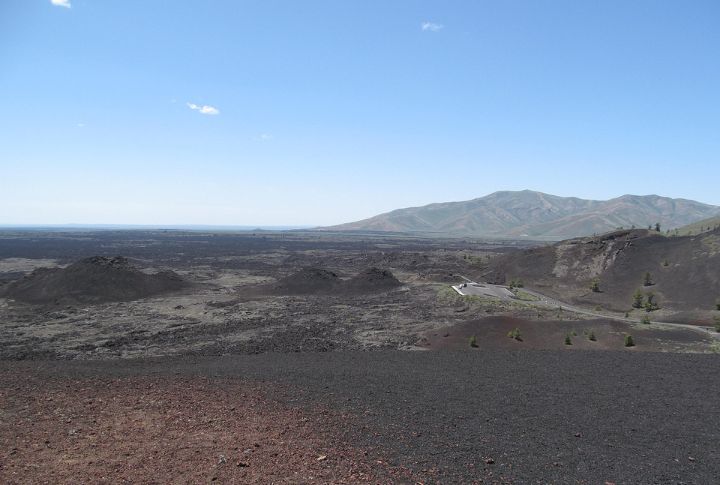
Lava fields stretch for miles, interrupted now and then by strange caves or the silhouette of a twisted tree. Hiking here feels like exploring another planet. Solo travelers can walk the Tree Molds Trail or explore the caves at their own pace—it’s just you, the wind, and ancient volcanic rock.
Colorado National Monument, Colorado
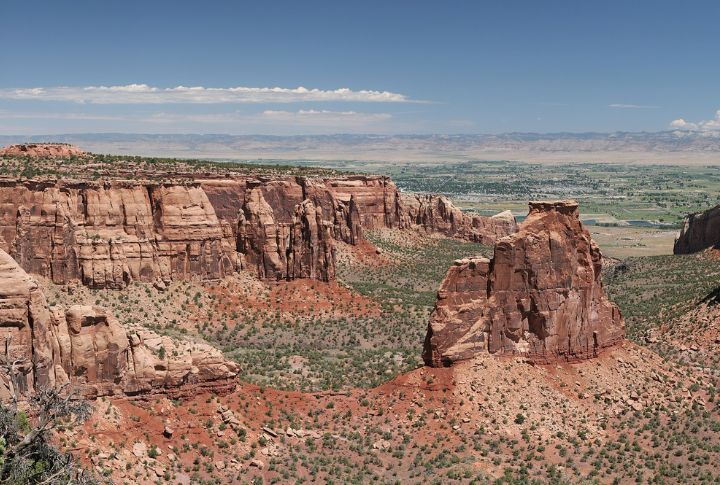
Cliffs and canyons cut deep into the high desert, forming natural sculptures that glow red and gold in the sun. Rim Rock Drive provides spectacular views without much traffic. Secluded overlooks and short independent walks, such as the Canyon Rim Trail, provide a perfect mix of nature and stillness.
Florissant Fossil Beds National Monument, Colorado
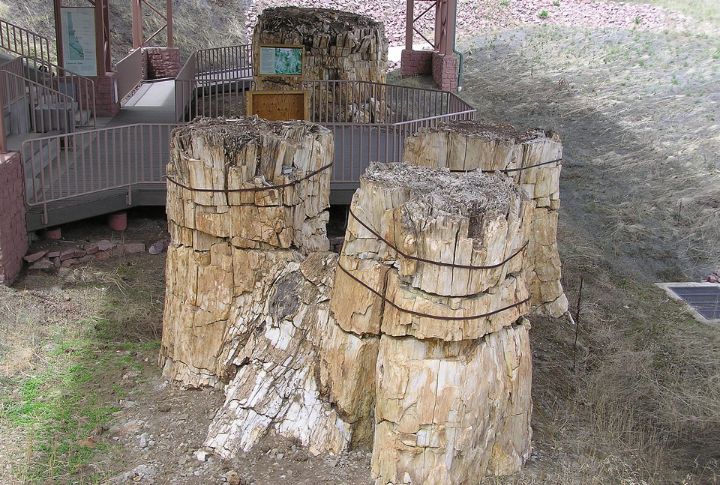
Massive petrified redwoods and thousands of delicate fossils lie beneath this grassy Colorado valley. Short walking trails loop past timeworn tree stumps and interpretive signs. Exploring solo means setting your own pace and pausing to take in the fossil displays while picturing a lost prehistoric world.
Montezuma Castle National Monument, Arizona
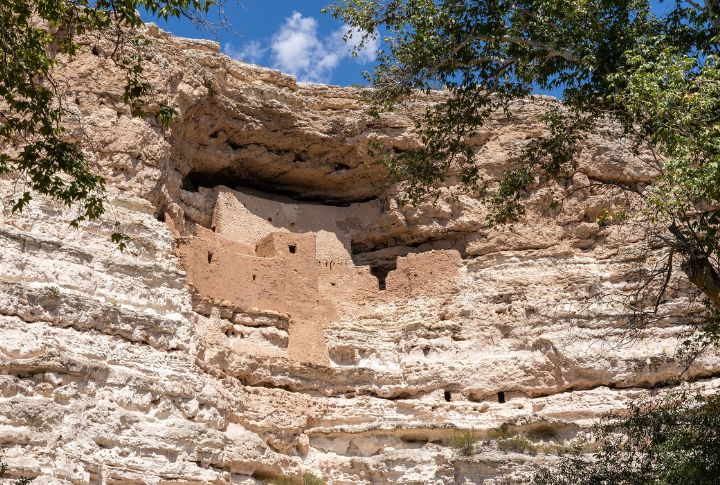
High above a limestone cliff rests a remarkably preserved structure built by the Sinagua people over 700 years ago. Visitors can’t enter the ruins, but a self-guided loop at the base allows for reflection and quiet admiration. The surrounding cottonwood grove keeps the space shaded and peaceful.




